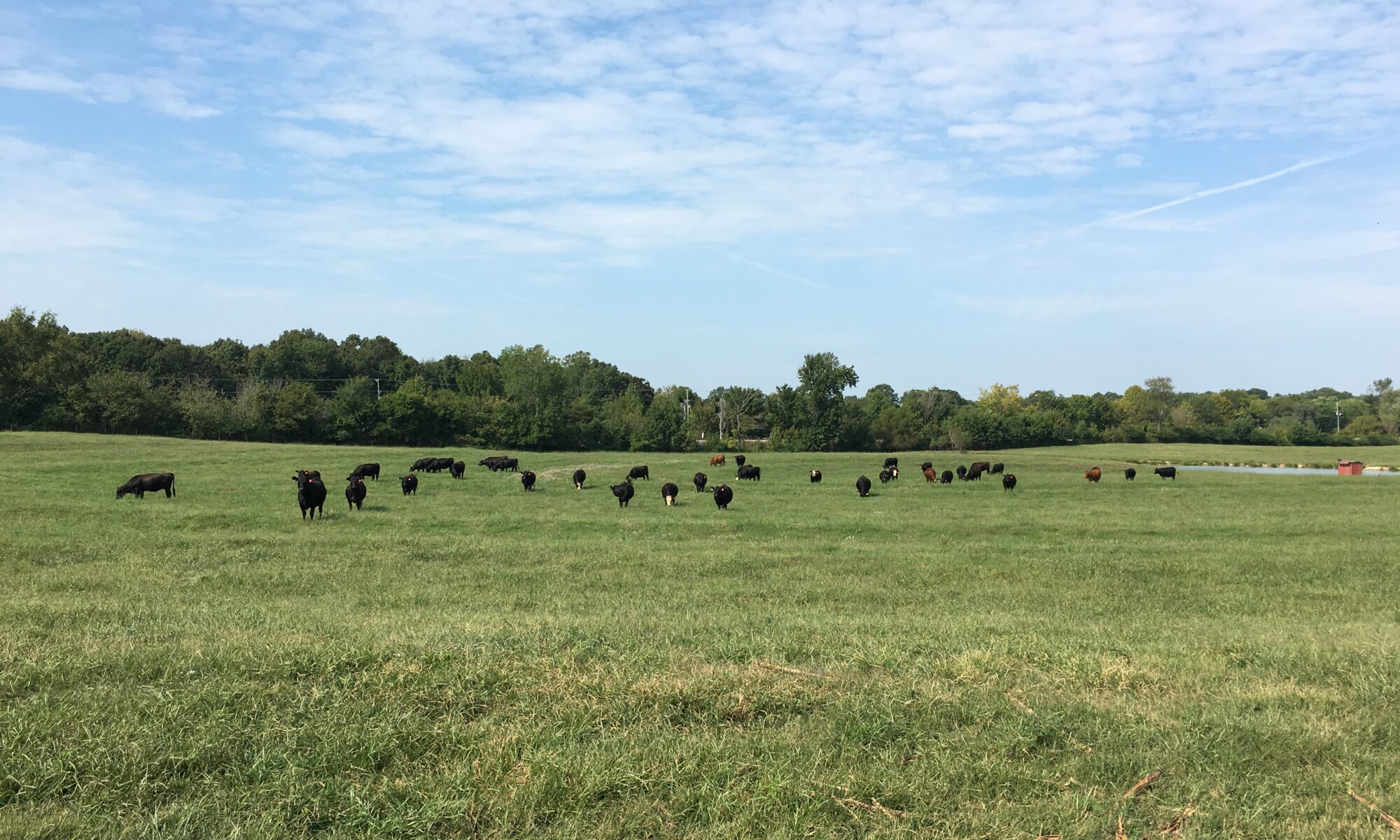

Dr. Bruno Pedreira
Associate Professor and Extension Forage Specialist
Department of Plant Sciences
Director, UT Beef & Forage Center
P: 865-974-3535
As everything in life seems to follow cycles, the planet has its weather patterns that repeat yearly. With the fall season approaching, it’s time to address the challenge of feeding hay in forage-livestock systems. In Tennessee, it’s not uncommon for producers to plan on using 5 to 6 large round bales per cow as a rule of thumb because cattle in Tennessee will be fed hay for an average of 130 days — 48 days in the fall and 82 days during the winter. Consequently, managing the cost of feeding cattle throughout the year is always a topic of discussion.
To reduce the financial impact of buying or producing hay, stockpiling forages can be a great strategy to extend the grazing season and reduce the amount of hay needed during the cooler months. Stockpiling involves accumulating forage for grazing later when growth slows down or stops. In Tennessee, commonly used cool-season forages like tall fescue and orchardgrass are great choices for stockpiling because they produce forage in the fall and maintain their nutritional value.
Start by identifying the pasture you want to stockpile and fertilize it with up to 150 pounds of urea per acre after a good rain. Keep the animals off the pasture until after the first frost. If you have old growth or weeds, clipping the pasture before fertilizing can help. This will encourage cool-season grasses to grow quickly during the fall, increasing forage supply. Pastures that already have legumes in the mix are also great for stockpiling, as legumes can fix nitrogen and produce high-quality forage due to their high crude protein content.
Another important consideration is how you use the stockpiled pasture. As animals graze and move around, they can trample the dry, crispy forage, causing significant damage. To minimize this, consider dividing the pasture into smaller areas and rotating the animals between paddocks. This approach helps reduce losses. The most efficient way to improve grazing on stockpiled pastures is to strip graze, though this requires an electric fence that needs to be adjusted based on the number of animals and the amount of available forage.
Weather plays a crucial role in our stockpiling plans. As of September, the Climate Prediction Center (CPC) forecasts a 66% chance of La Niña developing from September to November, with a 74% chance of it continuing through the Northern Hemisphere winter of 2024-25 (November to January). What does this mean for us? La Niña often brings below-average precipitation to the southern U.S., which could limit fall forage growth. We’ll need to hope for enough rain in September and October to support adequate fall forage production.